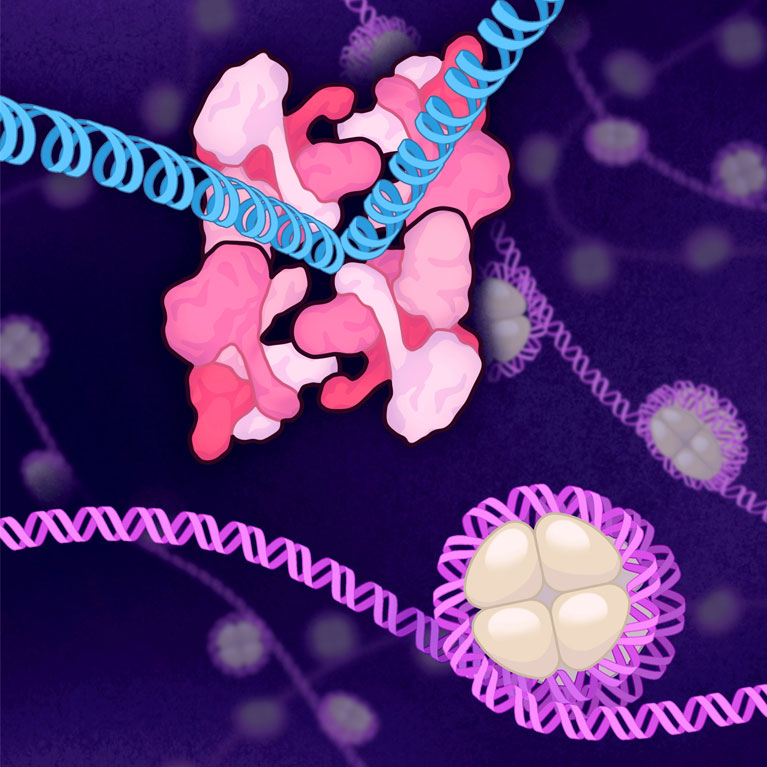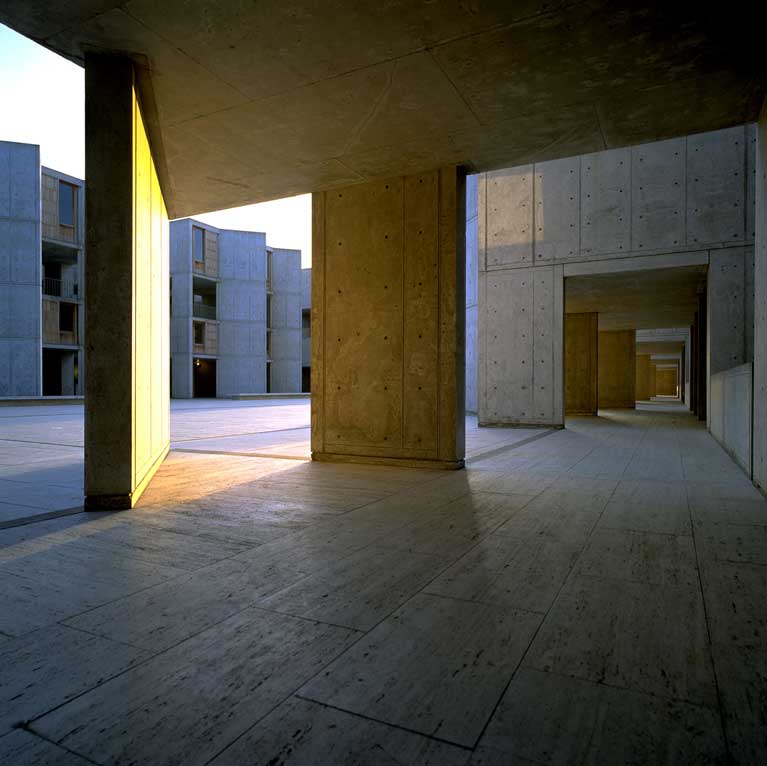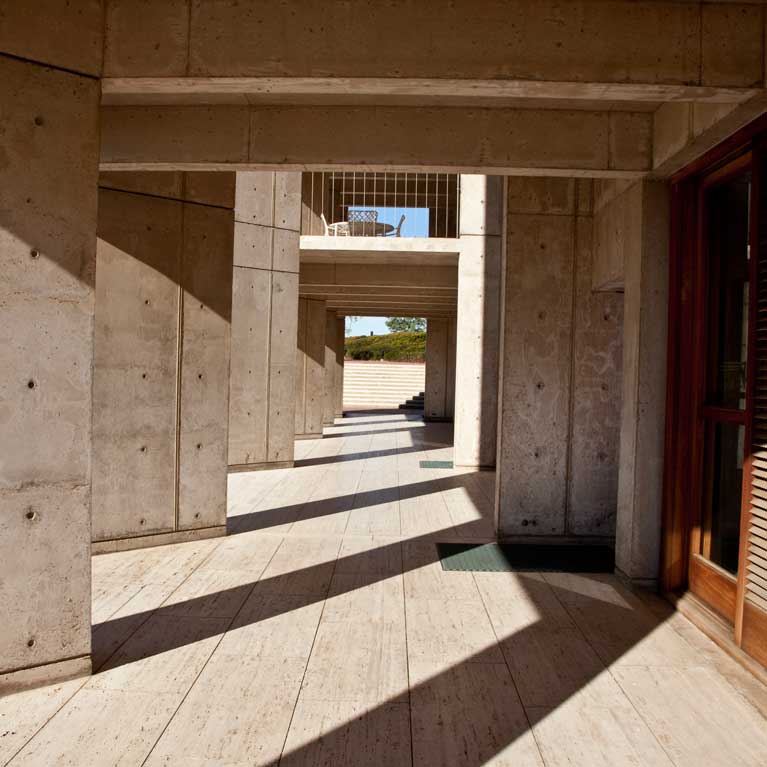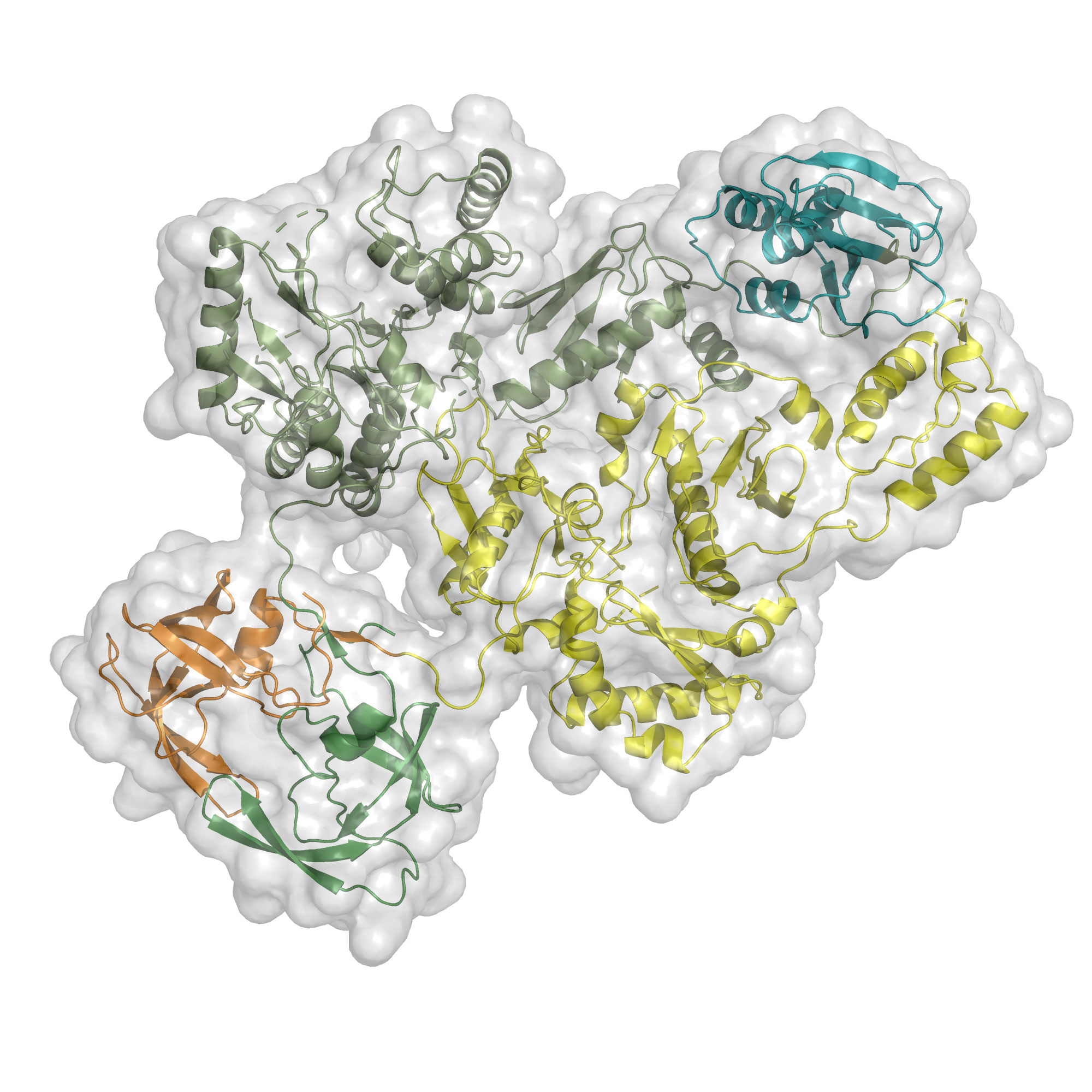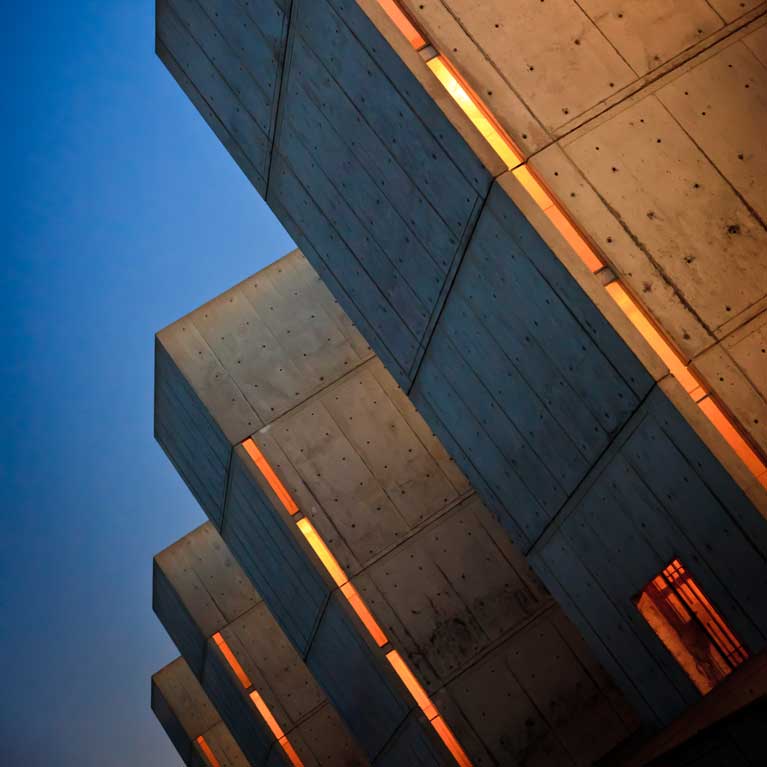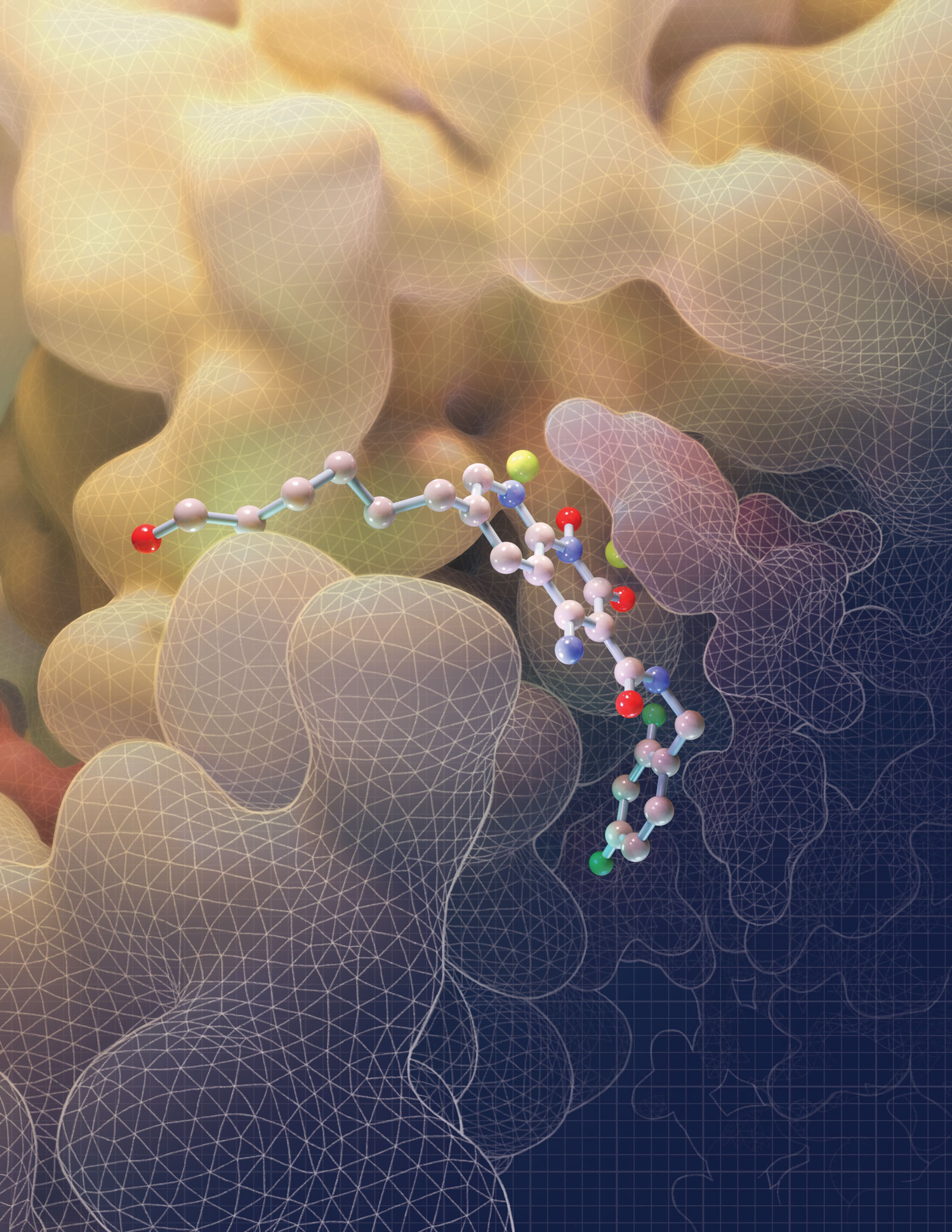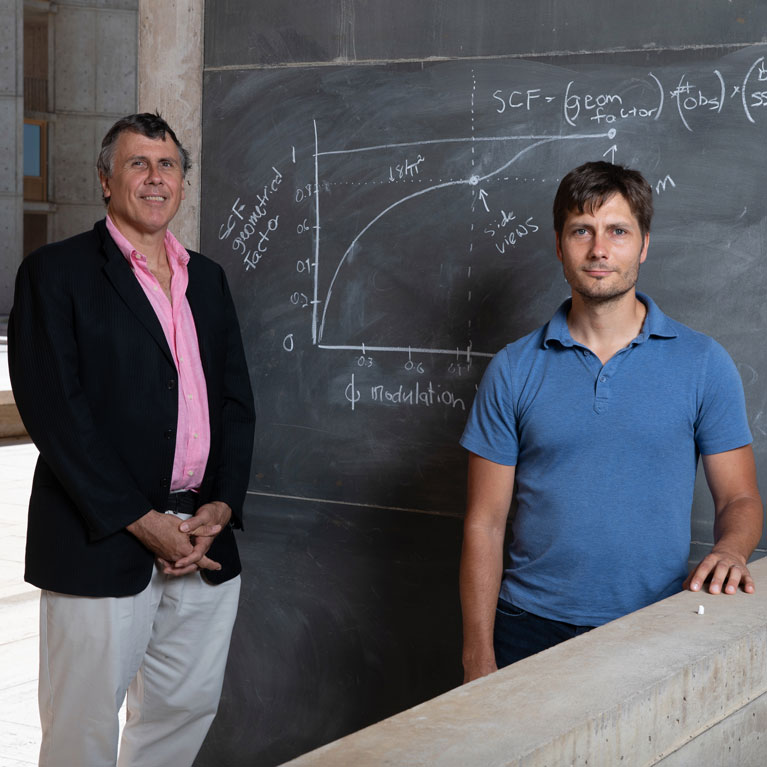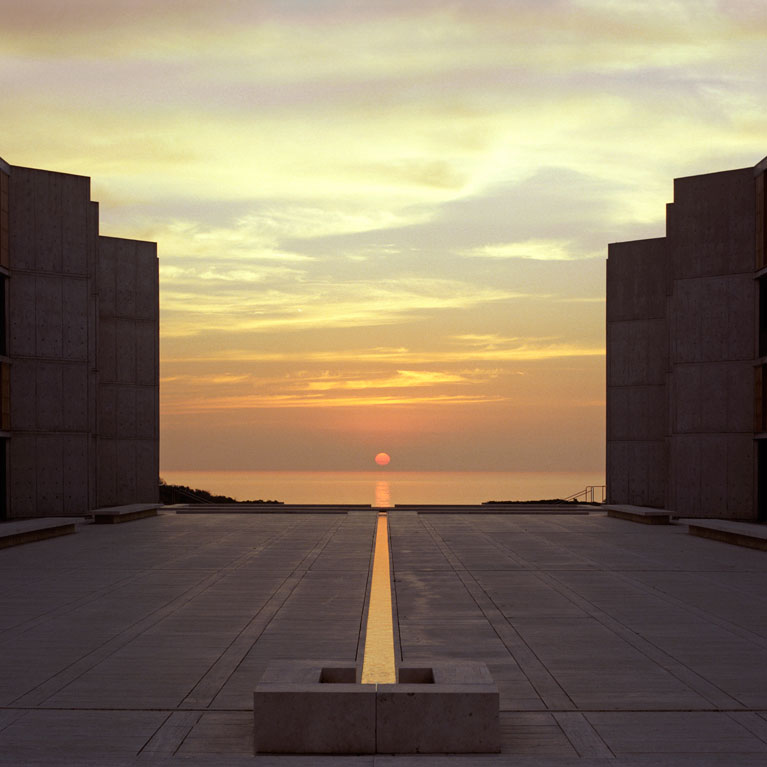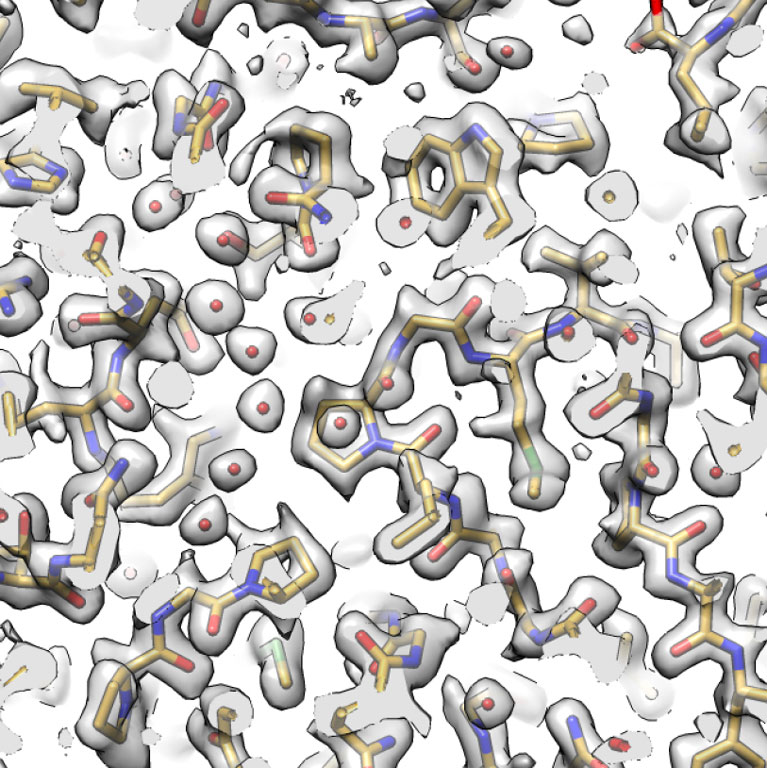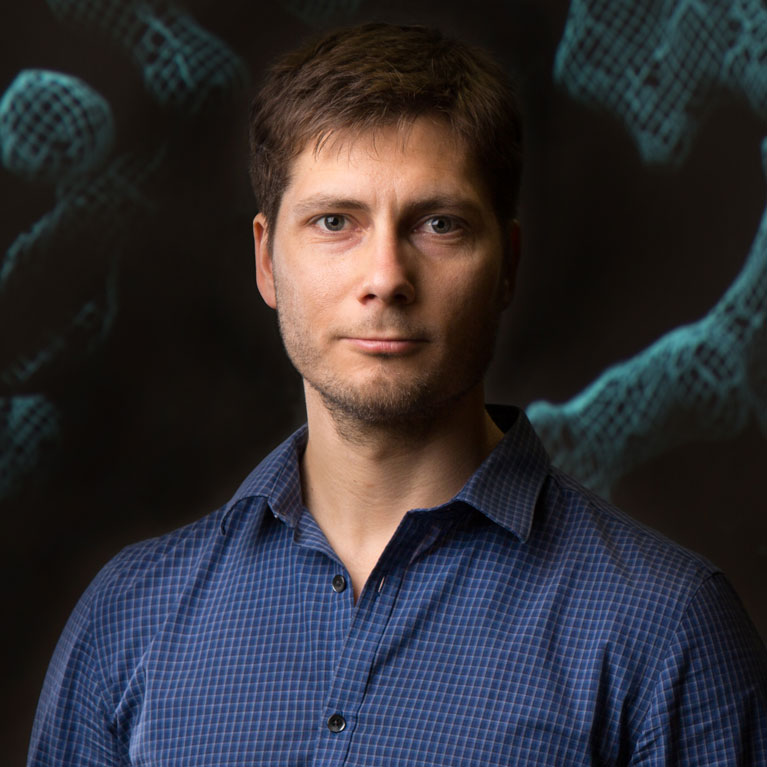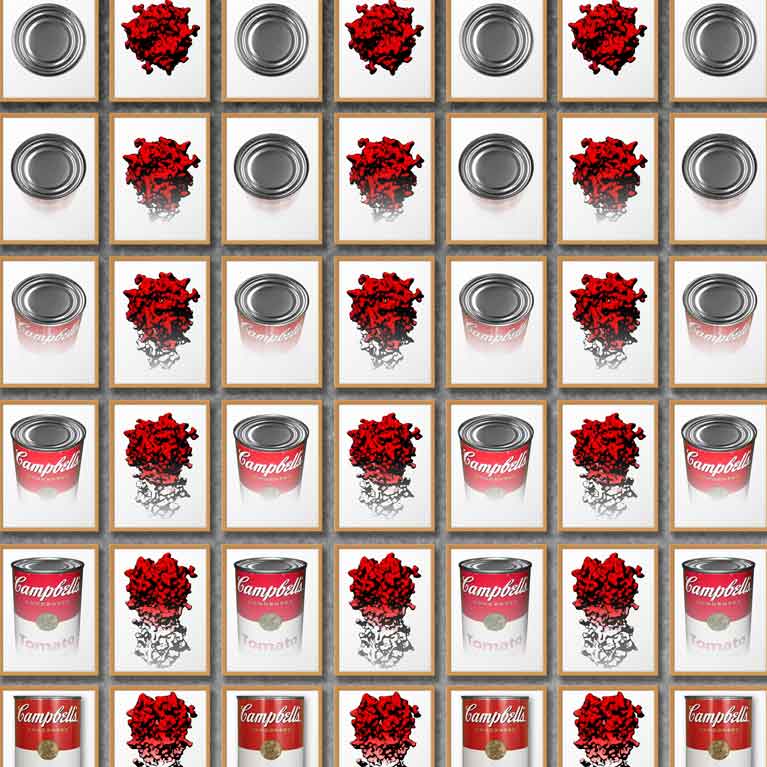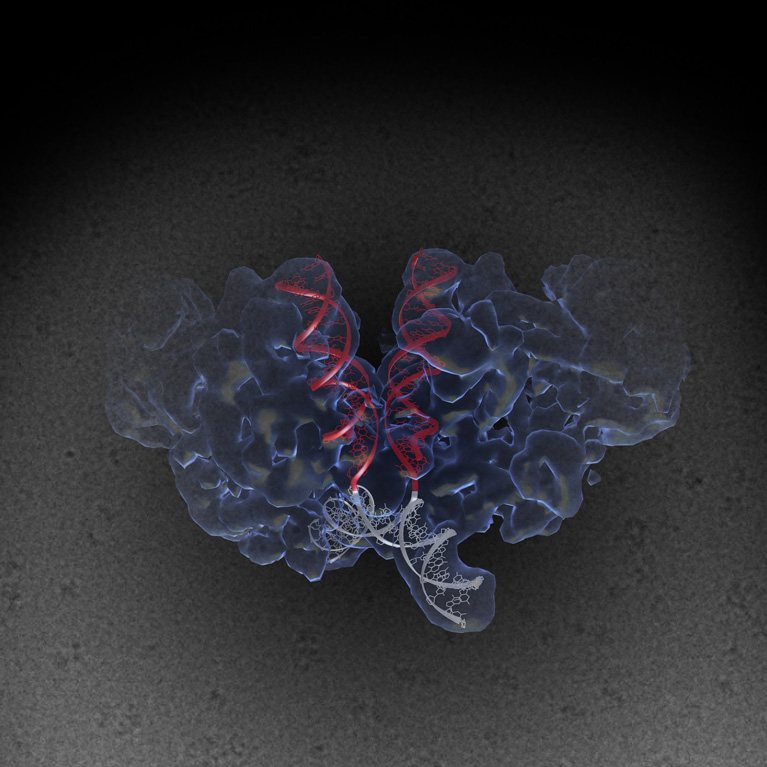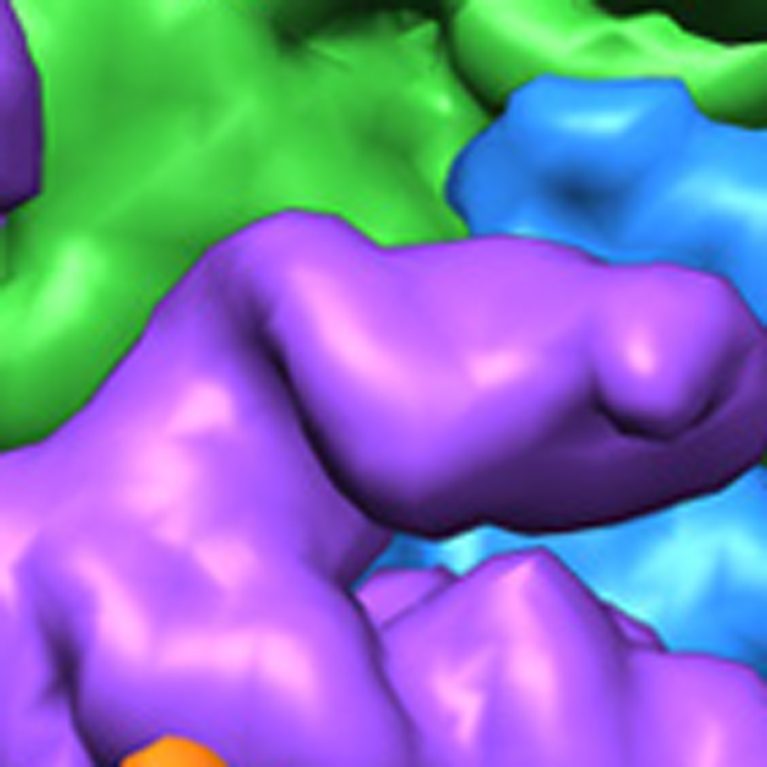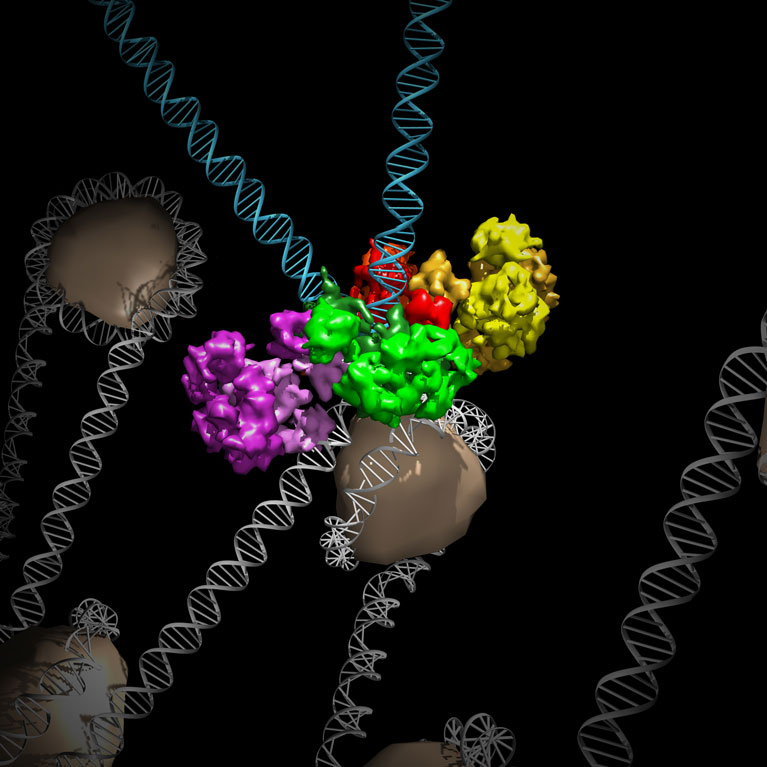Press
How HIV’s shape-shifting protein reveals clues for smarter drug design
LA JOLLA—The rate of HIV infection continues to climb globally. Around 40 million people live with HIV-1, the most common HIV strain. While symptoms can now be better managed with lifelong treatment, there is no cure to fully eliminate the virus from the body, so patients still often struggle with related health issues, side effects, social stigma, and drug resistance.
Revealing HIV drug-resistance mechanisms through protein structures
LA JOLLA—Salk Institute researchers, in collaboration with the National Institutes of Health, have discovered the molecular mechanisms by which the human immunodeficiency virus (HIV) becomes resistant to Dolutegravir, one of the most effective, clinically used antiviral drugs for treating HIV.
Salk Institute promotes five faculty members in genetics, structural biology, immunobiology, and neuroscience
LA JOLLA—Five Salk Institute faculty members have been promoted for their notable, innovative contributions to science. These faculty members have demonstrated leadership in their disciplines, pushing the boundaries of basic scientific research. Assistant Professors Sung Han, Dmitry Lyumkis, and Graham McVicker were promoted to associate professors, and Associate Professors Sreekanth Chalasani and Ye Zheng were promoted to professors. The promotions were based on Salk faculty and nonresident fellow recommendations and approved by Salk’s president and Board of Trustees on April 21, 2023.
Imaging solves mystery of how large HIV protein functions to form infectious virus
LA JOLLA—Understanding how HIV replicates within cells is key for developing new therapies that could help nearly 40 million people living with HIV globally. Now, a team of scientists from the Salk Institute and Rutgers University have for the first time determined the molecular structure of HIV Pol, a protein that plays a key role in the late stages of HIV replication, or the process through which the virus propagates itself and spreads through the body. Importantly, determining the molecule’s structure helps answer longstanding questions about how the protein breaks itself apart to advance the replication process. The discovery, published in Science Advances on July 6, 2022, reveals a new vulnerability in the virus that could be targeted with drugs.
Salk Assistant Professor Dmitry Lyumkis receives CAREER award from NSF
LA JOLLA—Assistant Professor Dmitry Lyumkis has received a Faculty Early Career Development Program (CAREER) award from the National Science Foundation (NSF). The CAREER award supports early career scientists who serve as academic role models and lead scientific advances in their organization. Lyumkis will receive almost $1.8 million over four years to examine how some viruses such as HIV hijack and interact with host protein machinery to permanently alter the host genome to sustain infection.
Salk researchers accelerate, expand COVID-19 research
LA JOLLA—As the COVID-19 pandemic continues across the globe, the Salk Institute joins in efforts to understand the fundamental science behind the novel coronavirus to pave the way to treatments and cures. COVID-19 exploits a vulnerability in the immune system’s armor: because the SARS-CoV-2 virus—the novel coronavirus that causes COVID-19—appeared in humans recently, our immune systems have no experience with the virus—and sometimes have difficulty fighting it.
Imaging study of key viral structure shows how HIV drugs work at atomic level
LA JOLLA—Salk scientists have discovered how a powerful class of HIV drugs binds to a key piece of HIV machinery. By solving, for the first time, three-dimensional structures of this complex while different drugs were attached, the researchers showed what makes the therapy so potent. The work, which appeared in Science on January 30, 2020, provides insights that could help design or improve new treatments for HIV.
Salk scientists find way to quantify how well cutting-edge microscopy technique works
LA JOLLA—In 2017, Salk scientists reported that tilting a frozen protein sample as it sat under an electron microscope was an effective approach to acquiring better information about its structure and helping researchers understand a host of diseases ranging from HIV to cancer. Now, they have developed a mathematical framework that underlies some of those initial observations.
Decoding the structure of an RNA-based CRISPR system
LA JOLLA—Over the past several years, CRISPR-Cas9 has moved beyond the lab bench and into the public zeitgeist. This gene-editing tool holds promise for correcting defects inside individual cells and potentially healing or preventing many human ailments. But the Cas9 system alters DNA, not RNA, and some experts believe that being able to modify RNA ultimately may prove just as useful.
Electron microscopy provides new view of tiny virus with therapeutic potential
LA JOLLA—The imaging method called cryo-electron microscopy (cryo-EM) allows researchers to visualize the shapes of biological molecules with an unprecedented level of detail. Now a team led by researchers from the Salk Institute and the University of Florida is reporting how they used cryo-EM to show the structure of a version of a virus called an AAV2, advancing the technique’s capabilities and the virus’ potential as a delivery vehicle for gene therapies.
Salk promotes Dmitry Lyumkis to assistant professor
LA JOLLA—The Salk Institute has promoted structural biologist Dmitry Lyumkis to the rank of assistant professor for his significant early contributions to the up-and-coming field of electron microscopy known as cryo-EM. The promotion was based on recommendations by Salk faculty and nonresident fellows, and approved by Interim President Rusty Gage and the Institute’s Board of Trustees.
Tilted microscopy technique better reveals protein structures
LA JOLLA—The conventional way of placing protein samples under an electron microscope during cryo-EM experiments may fall flat when it comes to getting the best picture of a protein’s structure. In some cases, tilting a sheet of frozen proteins—by anywhere from 10 to 50 degrees—as it lies under the microscope, gives higher quality data and could lead to a better understanding of a variety of diseases, according to new research led by Salk scientist Dmitry Lyumkis.
Salk scientists crack the structure of HIV machinery
LA JOLLA—Salk Institute scientists have solved the atomic structure of a key piece of machinery that allows HIV to integrate into human host DNA and replicate in the body, which has eluded researchers for decades. The findings describing this machinery, known as the “intasome,” appear January 6, 2017, in Science and yield structural clues informing the development of new HIV drugs.
Multi-institutional collaboration uncovers how molecular machines assemble
LA JOLLA—Ribosomes—macromolecular machines consisting of RNA and proteins that twist, fold and turn—are responsible for making all of the protein within a cell and could hold the key to deciphering a range of diseases. Despite the intricacies of ribosomes, cells are able to churn out 100,000 of them every hour. But because they assemble so speedily, researchers haven’t been able to figure out how they come together.
Helmsley-Salk fellow garners prestigious microscopy award
Helmsley-Salk Fellow Dmitry Lyumkis has been awarded the 2016 George Palade Award by the Microscopy Society of America. The award is given for distinguished contributions to the field of microscopy and microanalysis in the life sciences of an early career scientist.
Protein structure illuminates how viruses take over cells
LA JOLLA—Using cutting-edge imaging technology, Salk Institute and Harvard Medical School researchers have determined the structure of a protein complex that lets viruses similar to the human immunodeficiency virus (HIV) establish permanent infections within their hosts.
Salk Fellows Dmitry Lyumkis and Patrick Hsu receive NIH Director’s Early Independence Award
LA JOLLA–Salk Fellows Dmitry Lyumkis and Patrick Hsu are among 16 scientists nationwide to receive the Director’s Early Independence Award from the National Institutes of Health (NIH). The award supports junior scientists in their efforts to pursue innovative approaches to major contemporary challenges in biomedical research. Established in 2011, the Early Independence Award is part of the NIH’s High-Risk, High-Reward Research program, which encourages paradigm-shifting research projects that are inherently risky and untested.
First appointment in new Salk Fellows Program
LA JOLLA—The Salk has launched a new initiative called the Salk Fellows Program. The program brings scientists from broad disciplines to the Institute to trigger innovation and perpetuate the collaborative spirit of the Salk.
